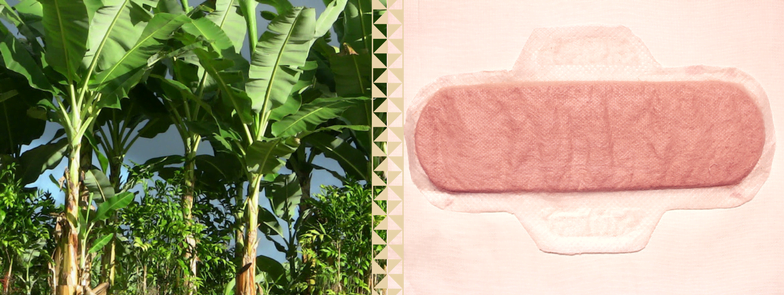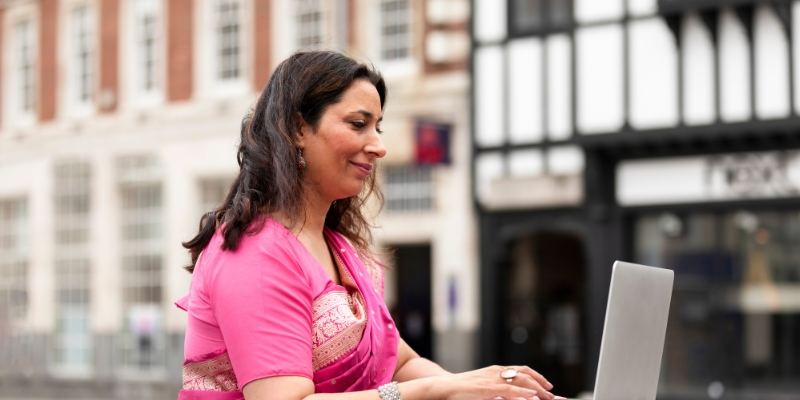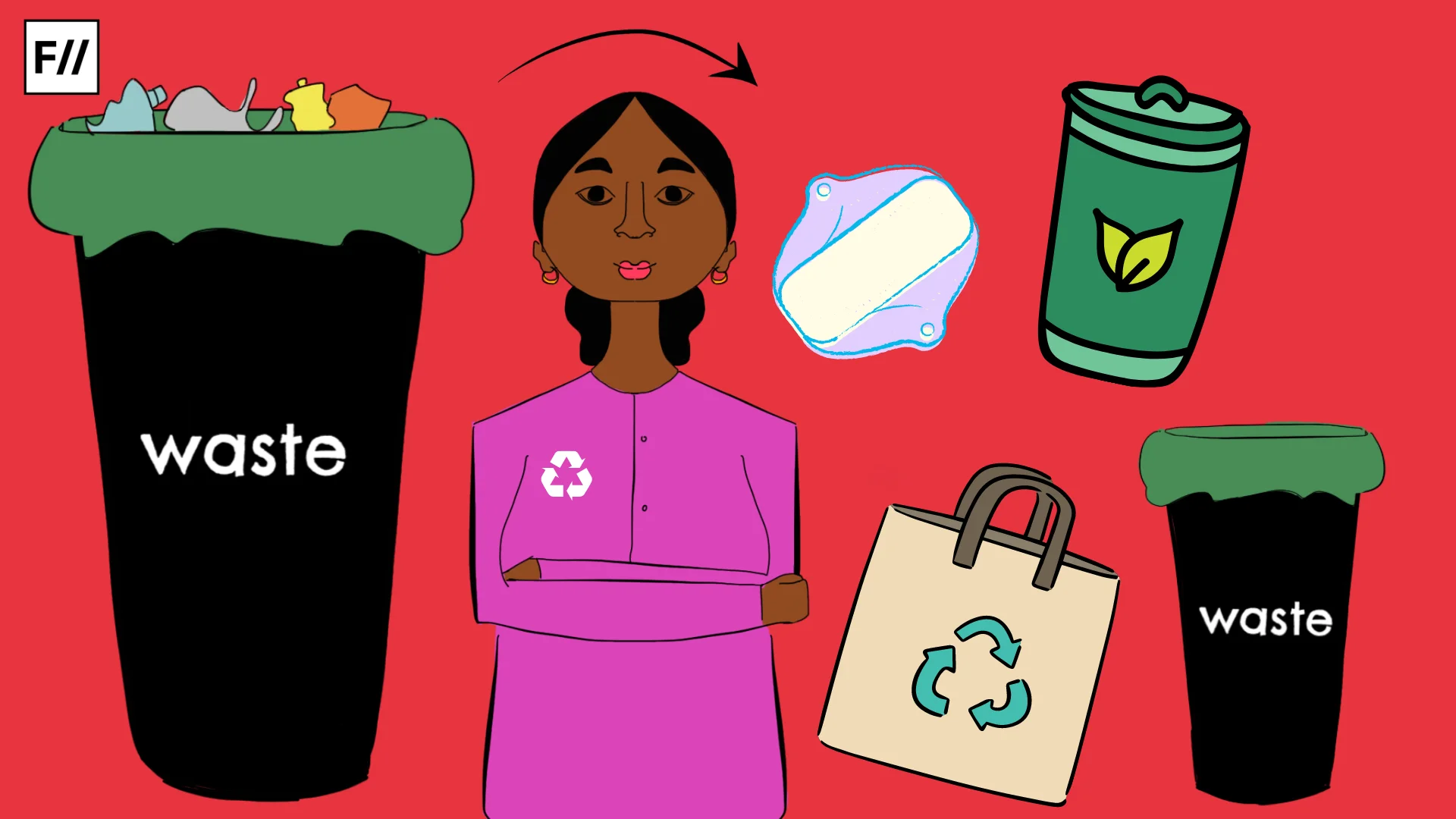 Editor’s note: Approx 125kg of sanitary waste is generated per person during their menstruating years and these sanitary napkins can take 500-800 years to break down! #ThePadEffect is a campaign to advocate for sustainable menstruation and prevent thousands of tons of sanitary waste.
Editor’s note: Approx 125kg of sanitary waste is generated per person during their menstruating years and these sanitary napkins can take 500-800 years to break down! #ThePadEffect is a campaign to advocate for sustainable menstruation and prevent thousands of tons of sanitary waste.Posted by Sarah McMillian
Most women stop menstruating at the age of 45. But what about their plastic sanitary pad waste? It lasts 13 times longer – 500-800 years. Why? Because conventional sanitary pads are 90% plastic, a cheap, strong material that wreaks havoc on the environment. Last year, there were 1,50,000 tons of plastic sanitary pads cluttering sewers, open garbage pits and landfills across the country. That is why we at Saathi, set out to make a biodegradable sanitary pad that can be normally disposed, and degrades within 6 months.
Our journey started with the search for the best green materials to provide women comfort and absorbency, without the hazards of environmental menace. With some help from this green materials checklist adapted from the Cradle to Cradle Products Innovation Institute (C2C), we chose to make biodegradable pads with a very unconventional material: banana fibre.
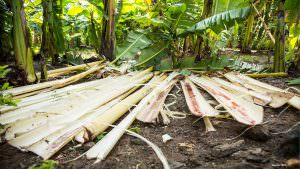
Banana Fibre
Banana fibre is a natural fibre made from the stem of banana trees. Evidence of it’s use dates back to the 1200’s, when Japanese artisans spun it into delicate ceremonial garments. But as cotton and silk grew in popularity, the use of banana fibre declined. In recent years, the fibre’s popularity has been revived by designers and artisans. At Saathi, we chose banana fibre because it’s locally grown and ranked highest on the green materials’ checklist.
Also Read: Where Is This Magical Place Where All Of Our Sanitary Waste Goes? | #ThePadEffect
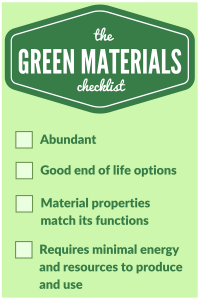
The Green Materials Checklist
The green materials checklist, ranks materials according to criteria such as the material’s availability, the amount of energy and resources it consumes, and the time taken to decompose. If we start from the top of the checklist, banana fibre wins. More than 1.5 million acres of banana trees are planted every year in India. Banana fibre production consumes less energy and resources.
Farmers use six times lesser water and ten times lesser fertiliser when growing bananas, than when growing cotton. Extracting the banana fibre requires solar energy, the stems are cut into strips and then dried in the sun. It also has good end of life options as it is organic waste, which naturally decomposes. So what’s the most salient feature banana fibre has? High absorbency! Super absorbency makes it well-suited for creating ultra-absorbent and thin sanitary pads. With full marks on the green materials checklist, we started developing biodegradable sanitary pads from banana fibre.
Biodegradable pads are an important addition to sustainable period products like cloth pads and menstrual cups. They provide an option to women who desire the convenience of disposable pads but not the waste. Saathi biodegradable pads are made from banana fibre and are designed for long-lasting comfort. Super-absorbent banana fibre allows you to wear them for the same length of time that you would a conventional plastic pad. The breathable top-layer and chemical-free materials help prevent itching and rashes. Now when you stop menstruating, your waste stops, too.
Also Read: The Politics Of Sanitary Waste | #ThePadEffect
Sarah McMillian is the Business Development Lead at Saathi, a company that makes biodegradable sanitary pads from banana fibre. After studying mechanical engineering at MIT (US), she found her happy place solving business challenges for purposeful companies.
Featured Image Credit: Saathi
About the author(s)
Guest Writers are writers who occasionally write on FII.
